The odds are defined as the probability that the event will occur divided by the probability that the event will not occur A probability of 0 is the same as odds of 0 Probabilities between 0 and 05 equal odds less than 10 A probability of 05 is the same as odds of 10 Think of it this way The probability of flipping a coin to heads is 50% Intuitively, it's difficult to estimate the most likely success, but with our dice probability calculator, it takes only a blink of an eye to evaluate all the probabilities The resulting values are P₁ = for 10 sided dice P₂ =RISK AND ODDS DEFINITIONS "Risk" refers to the probability of occurrence of an event or outcome Statistically, risk = chance of the outcome of interest/all possible outcomes The term "odds" is often used instead of risk "Odds" refers to the probability of occurrence of an event/probability of the event not occurring
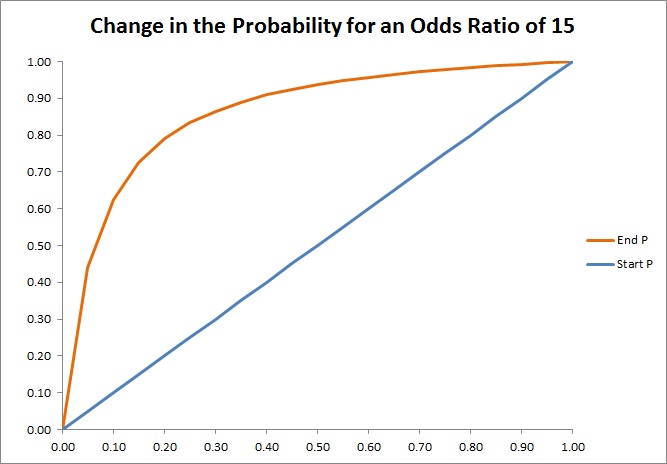
How To Convert Odds And Units To Probability Convert Odds To Percentage
Odds vs probability
Odds vs probability- The odds take the probability of an event occurring and divide it by the probability of the event not occurring So in the case of rolling a three on the first try, the probability is 1/6 that you will roll a three, while the probability that you won't roll a three is 5/6 The odds are represented by dividing these two probabilities 1/6 ÷ 5/6 Probability vs Odds Real life is full of incidents with uncertainty The terms probability and odds measure one's belief in the occurrence of a future event It may confuse since both 'Odds' and 'probability' are related to the potential that
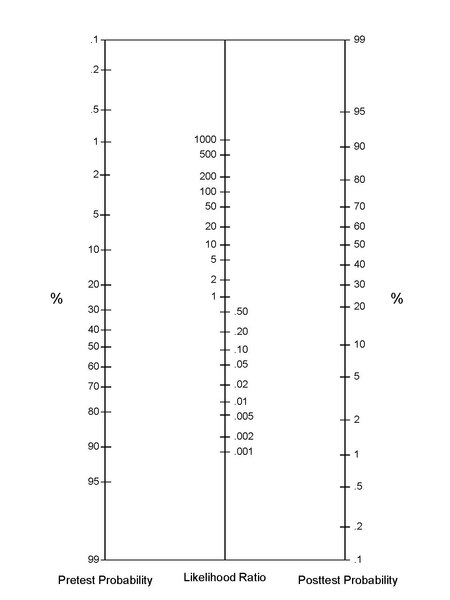



File Probability Nomogram Useful For Combining Probability And New Information That Changes Odds As Used In Evidence Based Medicine And Evidence Based Assessment 01 Pdf Wikimedia Commons
$\begingroup$ @tpb261 41 is given as the odds, not probability $\endgroup$ – M Vinay May 30 '14 at 508 $\begingroup$ Ok, I understood the OP differently But Bayes' rule is for probabilities not odds For odds, they first have to be converted to probabilities $\endgroup$ – tpb261 Probability compares the number of successes to the total number of attempts made The odds in favor of an event compares the number of successes to the number of failures In what follows, we will see what this means in greater detail First, we consider a little notationThe odds of an event represent the ratio of the (probability that the event will occur) / (probability that the event will not occur) This could be expressed as follows Odds of event = Y / (1Y) So, in this example, if the probability of the event occurring = 080, then the odds are 080 / (1080) = 080/0 = 4 (ie, 4 to 1)
Odds ratio vs probability ratio Ask Question Asked 1 year, 7 months ago Active 6 months ago Viewed 602 times 8 5 $\begingroup$ An odds is the ratio of the probability of an event to its complement $$\text{odds}(X) = \frac{P(X)}{1P(X)}$$ An odds ratio (OR) is Odds vs Probability Probability is a mathematical assumption of chance that can be calculated using an equation The equation measures the chances for an event to occur against the total number of chances that occurrence may produceOdds vs probability logistic regressionThe survival probability is if Pclass were zero (intercept) However, you cannot just add the probability of, say Pclass == 1 to survival probability of PClass == 0 to get the survival chance of 1st class passengers Instead, consider that the logistic regression can be interpreted as a normal regression as
The higher the number, the greater the probability of the outcome Using an example of decimal odds, a candidate has 2 odds to win the next election If so, the implied probability is 4545% Probability theory is an interesting area of statistics concerned with the odds or chances of an event happening in a trial, eg getting a six when a dice is thrown or drawing an ace of hearts from a pack of cardsOdds The odds in favor of an event is the ratio of the number of ways the outcome can occur to the number of ways the outcome cannot occur # of ways the event CAN occur # of ways the event CANNOT occur This is actually a lot easier than




Probability And Odds Youtube
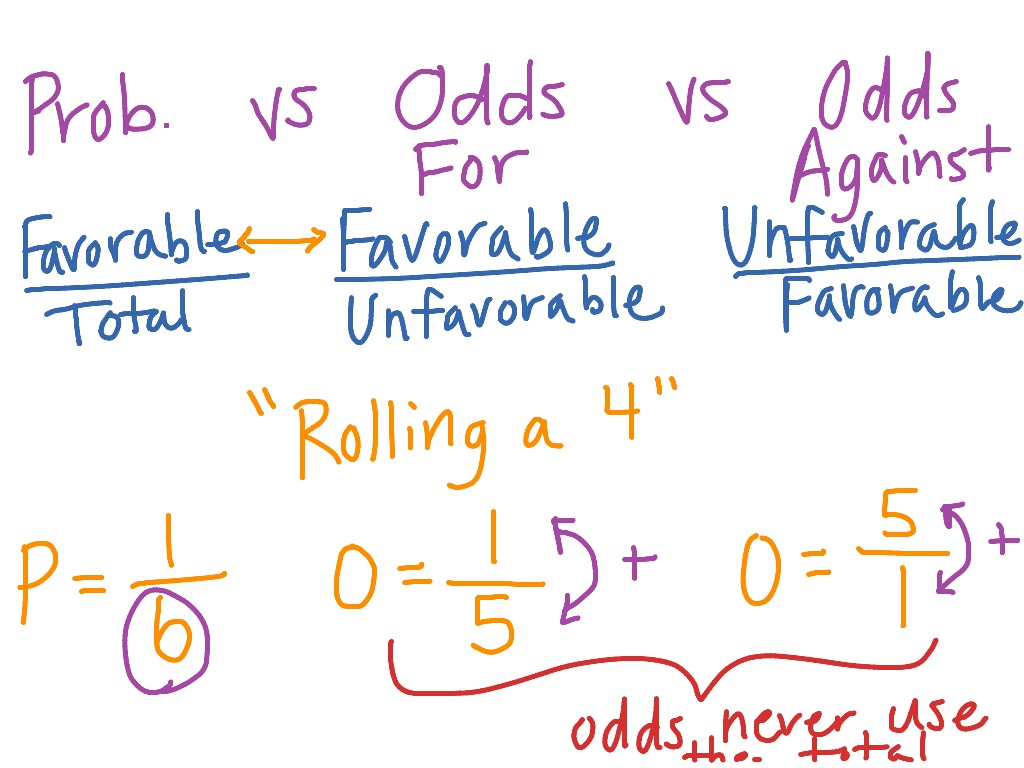



Odds Versus Probability Math Showme
Pretest odds = (Pretest probability / (1 Pretest probability) Posttest odds = Pretest odds * Likelihood ratio In equation above, positive posttest probability is calculated using the likelihood ratio positive, and the negative posttest probability is calculated using the likelihood ratio negative In contrast, probability lies between zero to one Therefore, the closer the probability to zero, the more are the possibilities of its nonoccurrence, and the closer it is to one, the higher are the possibilities of the event Odds are the ratio of positive events to negative eventsOf probability, chances and odds are not the same For instance, the odds in favor of A are P(A) / P(Ac) = (3/4)/(1/4) = 3/1 It is said that the odds in favor of A are 31 or that A is an event twice as likely as "not A" Therefore, the odds of A occurring are expressed in the scale of the probability of "A not occurring"
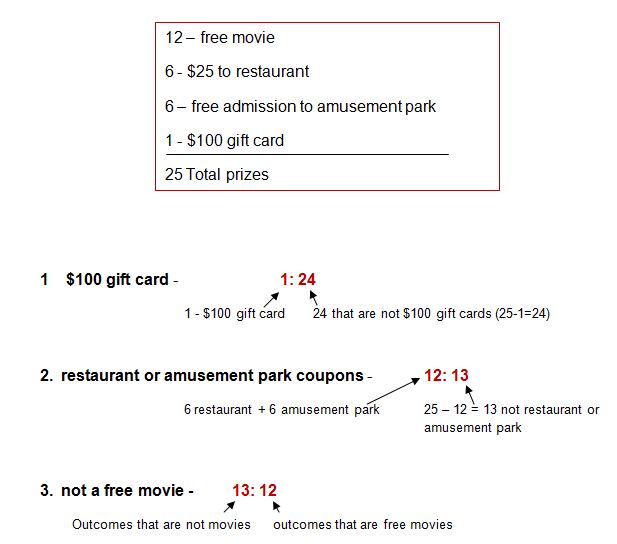



Odds And Probability
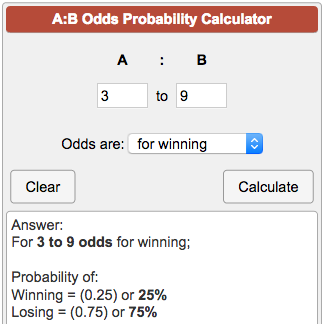



Odds Probability Calculator
Probability is defined as the percentage of desired outcomes against any possible outcomes within set rules For example, there's a 50% chance a coin will land on "heads" Odds which we hear a lot in sports betting, on the other hand, can have a value of 0 to infinity, and represent a ratio for desired and undesired outcomes The differences between odds and probability are discussed in the points given below The term 'odds' is used to describe that if there are any chances of the occurrence of an event or not As against, While odds are expressed in the ratio, the probability is either written in percentage form orIn this matchup, there is a big difference between the two odds, indicating a much higher probability of Duke winning the game and advancing to the next round of the NCAA Tournament
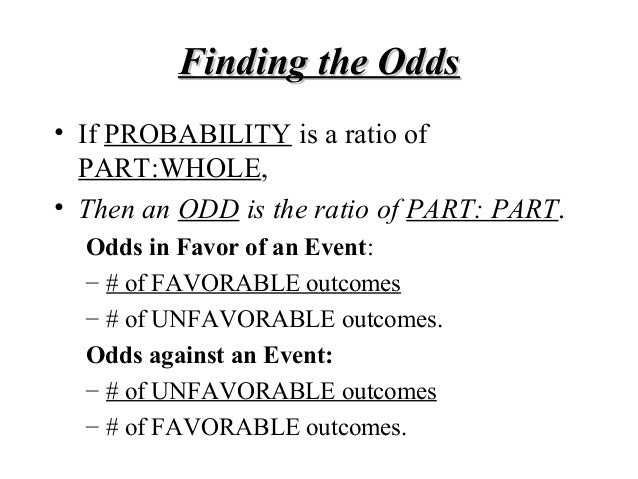



5 6 Probability And Odds Lesson



Odds
Money Line Implied Probability The following chart shows how likely a team is to win based off the odds This is helpful in handicapping because you can see just what percentage of your wagers you need to win at each given money line in order to profit The left chart is to be used for favorites, the right for underdogs 21 MLB playoffs Dodgers vs Giants odds, NLDS Game 4 picks, predictions from proven computer model SportsLine's proven model has simulated Game 4 of San Francisco Giants vs Los Angeles Dodgers Figure2 Odds as a fraction Odds should NOT be confused with Probabilities Odds are the ratio of something happening to something not happeningIn our scenario above, the odds are 4 to 6 Whereas, Probability is the ratio of something happening to everything that could happenSo in the case of our chess example, probability is 4 to 10 (as there were 10 games




Cureus What S The Risk Differentiating Risk Ratios Odds Ratios And Hazard Ratios




File Probability Nomogram Useful For Combining Probability And New Information That Changes Odds As Used In Evidence Based Medicine And Evidence Based Assessment 01 Pdf Wikimedia Commons
This Implied Probability Calculator converts American odds into implied probability This calculation converts the odds into a form that is easier to quantify percent likelihood of the eventEqually, backing something at short odds with a potentially high probability does not guarantee it will become true As we have suggested, bookmakers use odds to display the probability or otherwise of all outcomes on sporting events They can do this in one of three ways fractional eg 2/1, decimal eg 300 or American eg 0 The odds are 1626 and probability is 016% If you're playing poker long enough you will somewhat regularly encounter the aces vs kings scenario at a table A formula to estimate the probability for this to happen at a 9 player table is This formula slightly underestimates the actual probability which is a little bit higher




Probability Odds Odds Ratio Youtube
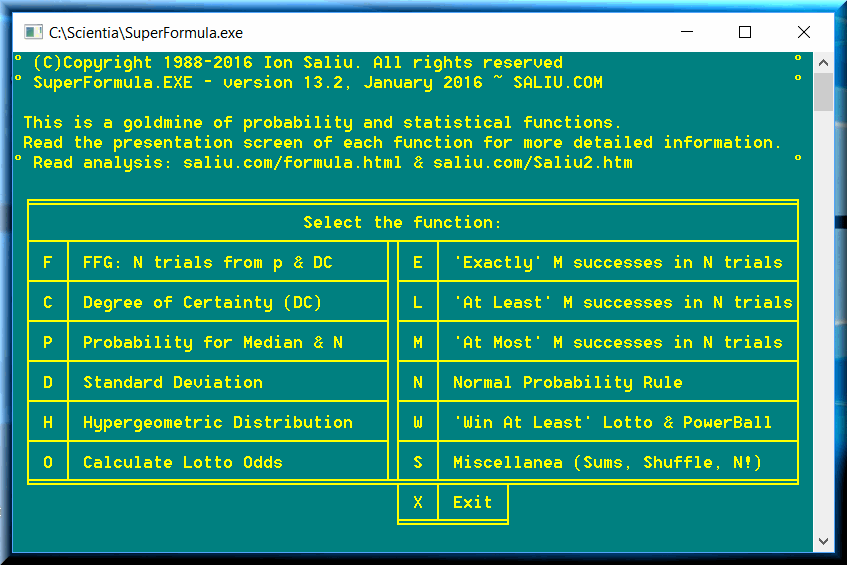



Blackjack Probability Odds 21 Double Down Pairs Hands
Out of 5 times, 1 time will be the event and 4 times will be the nonevent, odds = 025 Odds = 1/5 / 4/5 = 1/4 = 025; Probability = 1/5 = 02;Calculating Probability Given Odds To calculate



Odds Vs Probability Vs Chance Data Science Central
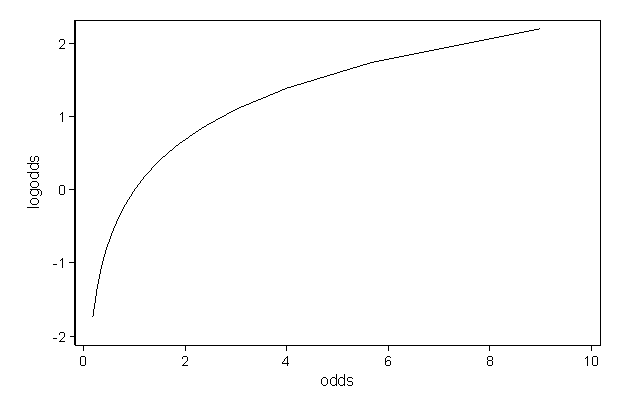



Faq How Do I Interpret Odds Ratios In Logistic Regression
Conversely, if odds are very small (1/1000), probability will also be very small, close to 0 Probability/Odds Conversion Converting probabilities into odds, we simply divide the probability by 1 less the probability, eg, if the probability is 25% (025), the odds are 025/075, which can also be expressed as 1 to 3 or 1/3 or 0333 OddsA good way to understand the difference between odds and probability is to imagine rolling a die and hoping to land on a two The odds of rolling the two are 1 to 5 One representing the chance of landing on the two, and five representing the alternative possibilities of landing onPlaying 2 vs 1 dice I get around a % win rate Now to my problem, if I want to calculate the amount needed to always win as the house, the odds of losing (for the player) needs to be higher than the potentialwinningriskamount



1




Relation Between Probability And Odds At Different Values Of Probability Download Scientific Diagram
Probability and odds are two related concepts, but they are not mathematically equivalent Therefore, discussing probability and odds must include their difference in meaning and in scale Some think it matters not what term is used, as long as you get the gistOdds is a see also of probability As nouns the difference between odds and probability is that odds is the ratio of the probabilities of an event happening to that of it not happening while probability is the state of being probable; Odds Odds seems less intuitive It is the ratio of the probability a thing will happen over the probability it won't In the spades example, the probability of drawing a spade is 025 The probability of not drawing a spade is 1 025 So the odds is 025/075 or 13 (or 033 or 1/3 pronounced 1 to 3 odds) Moving back and forth




Relation Between Probability And Odds At Different Values Of Probability Download Scientific Diagram




How To Convert Odds And Units To Probability Convert Odds To Percentage
Odds can be expressed as a ratio of the probability an event will happen divided by the probability an event won't happen Odds in favor of A = A / (1 A), usually simplified to lowest terms, For instance, if the probability of an event occurring is 075, then the odds for it happening are 075/025 = 3/1 = 3 to 1 for, while the probability that it doesn't occur is 1 to 3 against Odds provide a measure of the likelihood of a particular outcome They are calculated as the ratio of the number of events that produce that outcome to the number that do not Probability noun a measure of how likely it is that some event will occur;Odds, are given as (chances for success) (chances against success) or vice versa If odds are stated as an A to B chance of winning then the probability of winning is given as P W = A / (A B) while the probability of losing is given as P L = B / (A B)



Indura Da Abreviere Calculator Odds To Probability Tripalamode2nous Com



Odds Probability
This video explains the difference between odds and probability This video is provided by the Learning Assistance Center of Howard Community College For moOdds conversion table with probability Must be a number greater than 1 Must be a fraction, for example 2/1 Must be "" or "" and a whole number over 100 Must be a number from 0100 By convention only a set of fractions are used in fractional odds betting markets The set does not include exact mathematical equivalents to all possibleLabs(title ="probability versus odds") 000 025 050 075 100 0 50 100 150 odds p probability versus odds Finally, this is the plot that I think you'llfind most




2 6 Probability Vs Odds




Betting Fundamentals Understanding Probability Punting Stars
Calculating the odds without the number of subjects by the ratio of the number of events (1) by the number of nonevents (4) odds = 1/4 = 025; Equal odds are 1 1 success for every 1 failure 11 Equal probabilities are 5 1 success for every 2 trials Odds can range from 0 to infinity Odds greater than 1 indicates success is more likely than failure Odds less than 1 indicates failure is more likely than success Probability can range from 0 to 1 Odds are a ratio, and can be given in two different ways 'odds in favor' and 'odds against' 'Odds in favor' are odds describing the if an event will occur, while 'odds against' will describe if an event will not occur If you are familiar with gambling, 'odds against' are what Vegas gives as odds More on that later



What Is The Probability Of Event E If The Odds In Favor Of E Is 10 21 Quora



Odds Vs Risk Vantage Research
So a probability of 0 means there's literally no chance of that thing happening, a probability of 05 means there's a 50% chance, and a probability of 1 means that it's certain to happen As you can see, the idea of probability is relatively simple But the idea of odds, on the other hand, is a bit more complicatedmostly because thereHow to find probability and odds and the difference between the two We also discuss experimental probablility, theoretical probability, odds in favor, and
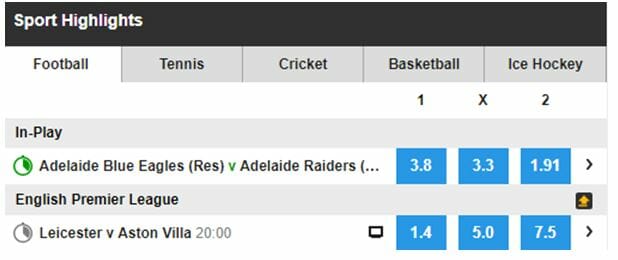



Implied Probability Betting Math Made Simple 21 Update




How To Calculate Odds Ratios And Probabilities In Case Control Studies Cross Validated
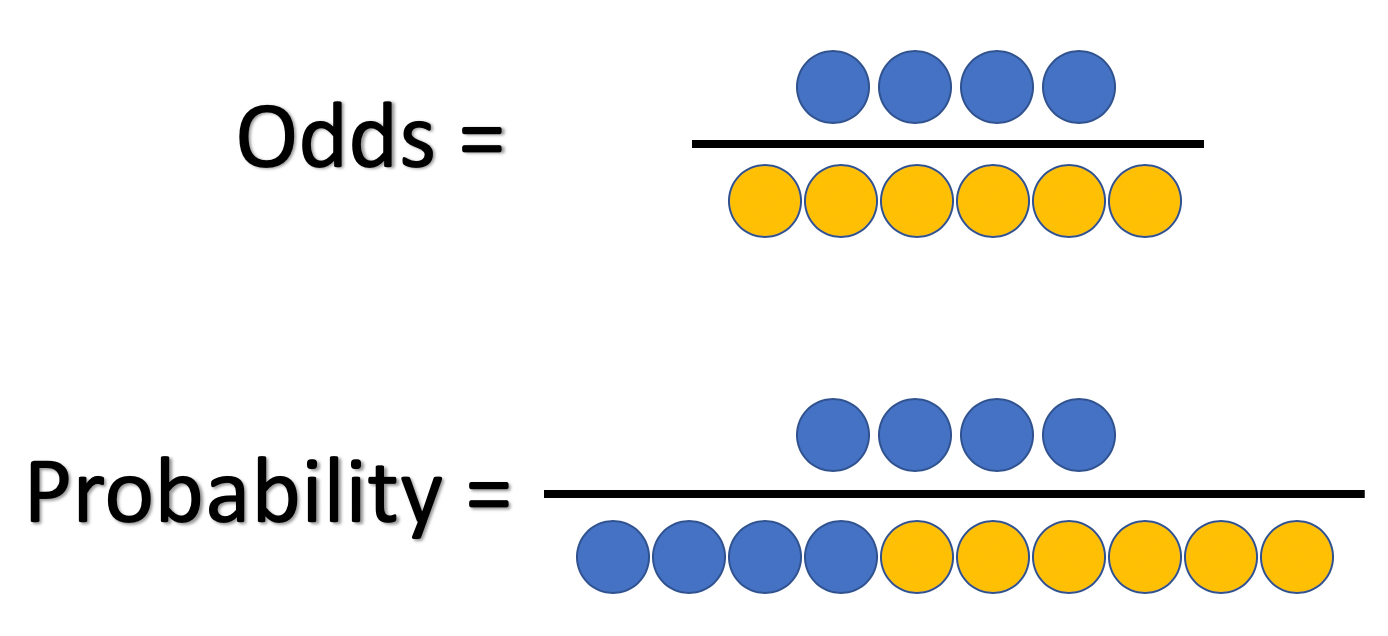



What And Why Of Log Odds What Are Log Odds And Why Are They By Piyush Agarwal Towards Data Science
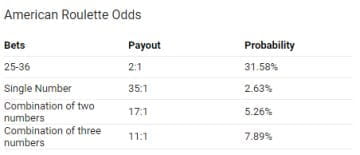



Odds Probability The Difference Explained With Examples




Probability Probability Vs Odds Lesson Math Statistics Showme




What And Why Of Log Odds What Are Log Odds And Why Are They By Piyush Agarwal Towards Data Science
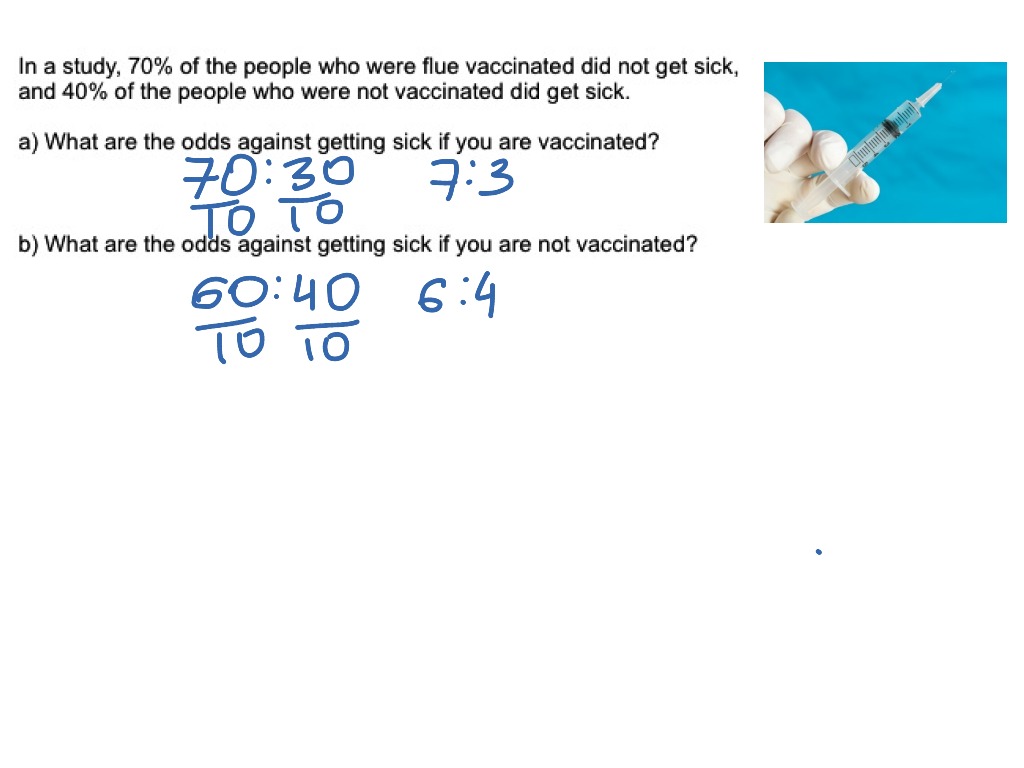



Probability And Odds Math Odds Showme
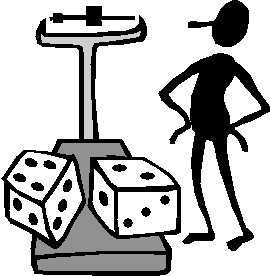



The Difference Between Probability And Odds




Odds Are Not The Same As Probabilities Will Townes



Relative Risk Ratios And Odds Ratios




What Is A Probability And What Are Odds Core Im Podcast
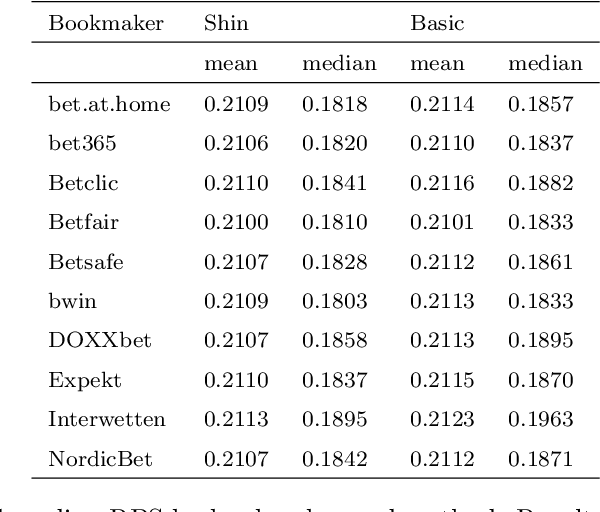



Pdf On Determining Probability Forecasts From Betting Odds Semantic Scholar




Log Odds Definition And Worked Statistics Problems




Calculating The Odds Of An Event Mathematics For The Liberal Arts
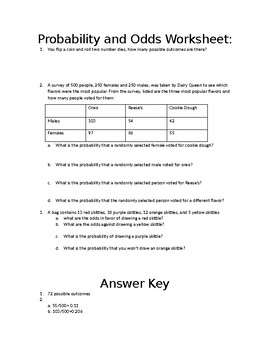



Probability And Odds Worksheets Teaching Resources Tpt



Probability Odds Lessons Blendspace




Odds Vs Probability What S The Difference Ask Difference



Odds Vs Probability Casino Spies




Probability Vs Odds What S The Difference Learn It And By Z Ai Towards Data Science




How To Convert Odds Into Their Implied Probabilities
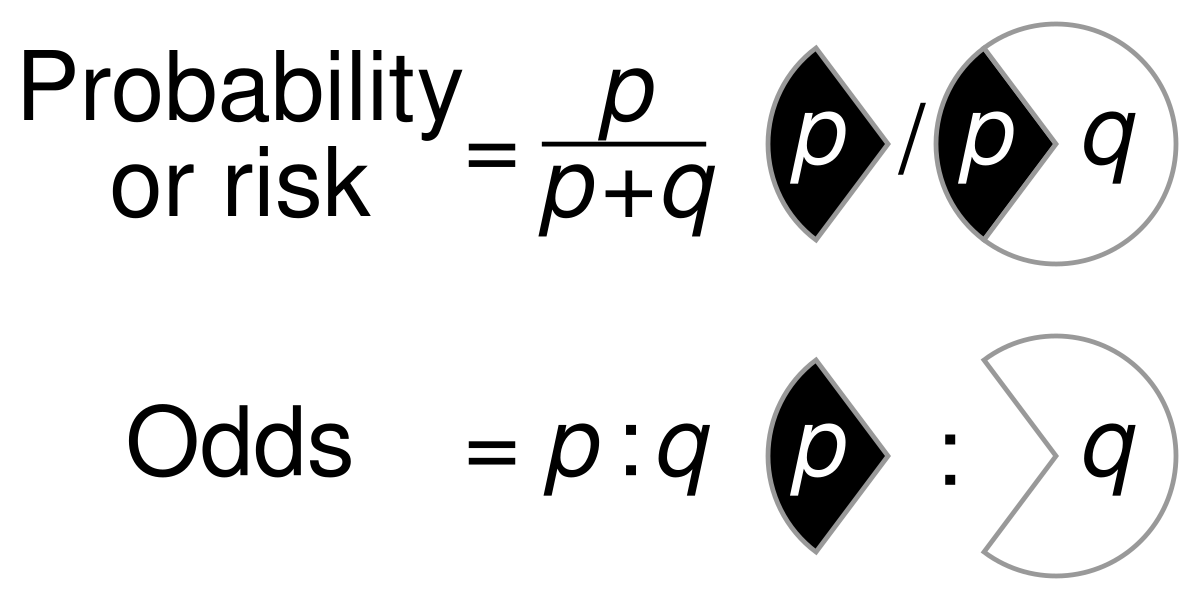



File Probability Vs Odds Svg Wikimedia Commons




Probability And Odds Pptx Powerpoint



Definition And Calculation Of Odds Ratio Relative Risk Stomp On Step1




What Is An Odds Ratio And How Do I Interpret It Critical Appraisal
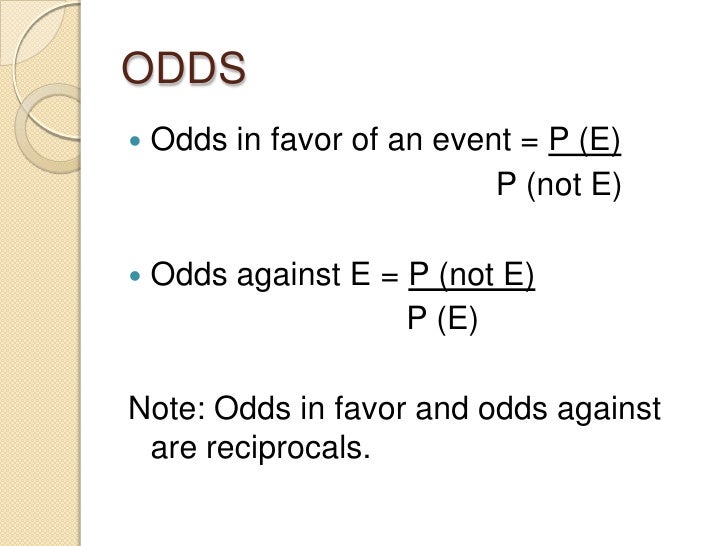



11 6 Probability Involving Or And Not
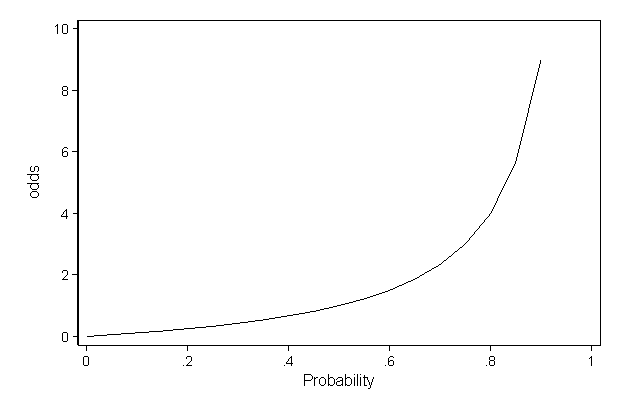



Faq How Do I Interpret Odds Ratios In Logistic Regression




Comparing Probability Odds For And Odds Against Youtube
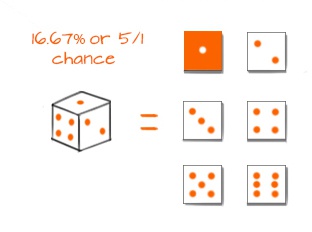



Betting Odds Explained Sport Betting Guide 8sport



2 Odds Ghci Grade 12 Mathematics Of Data Management
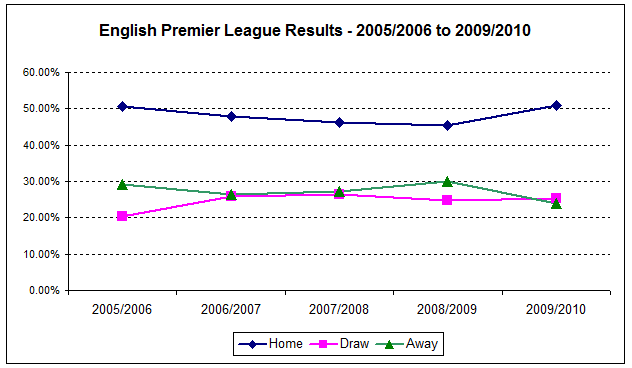



Calculation Of Football Betting Odds Using Probability And Deviation



Odds Likelihood Ratios Guide To Diagnostic Tests




Odds Ratio The Odds Ratio Is Used To Find The By Analyttica Datalab Medium
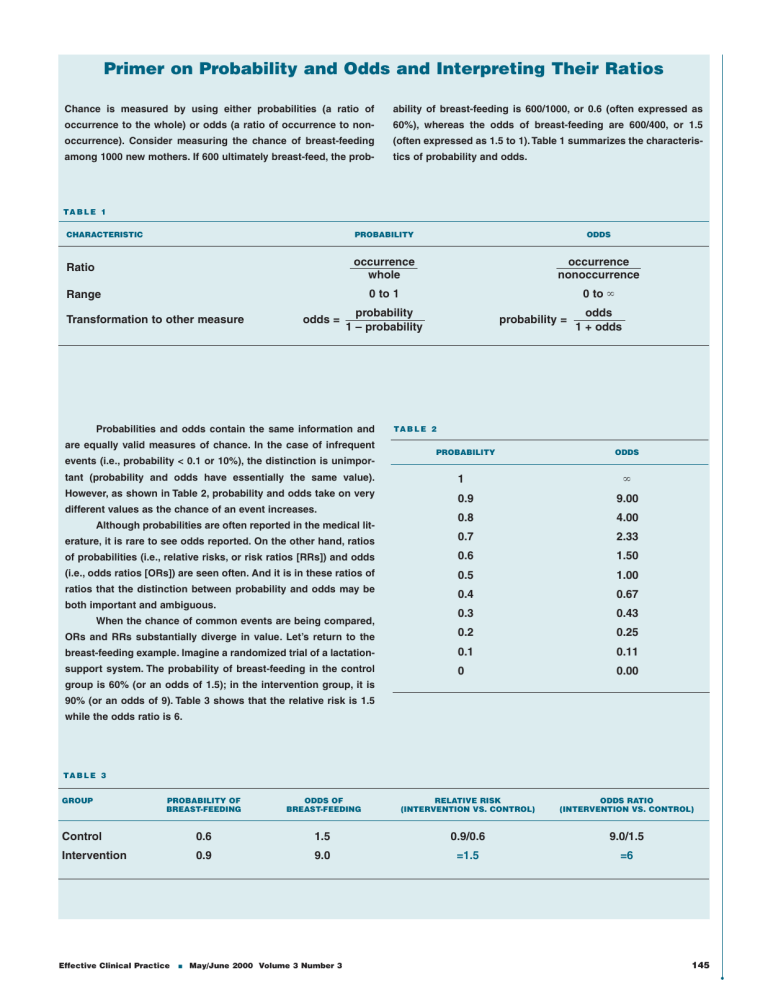



Primer On Probability And Odds And Interpreting Their Ratios
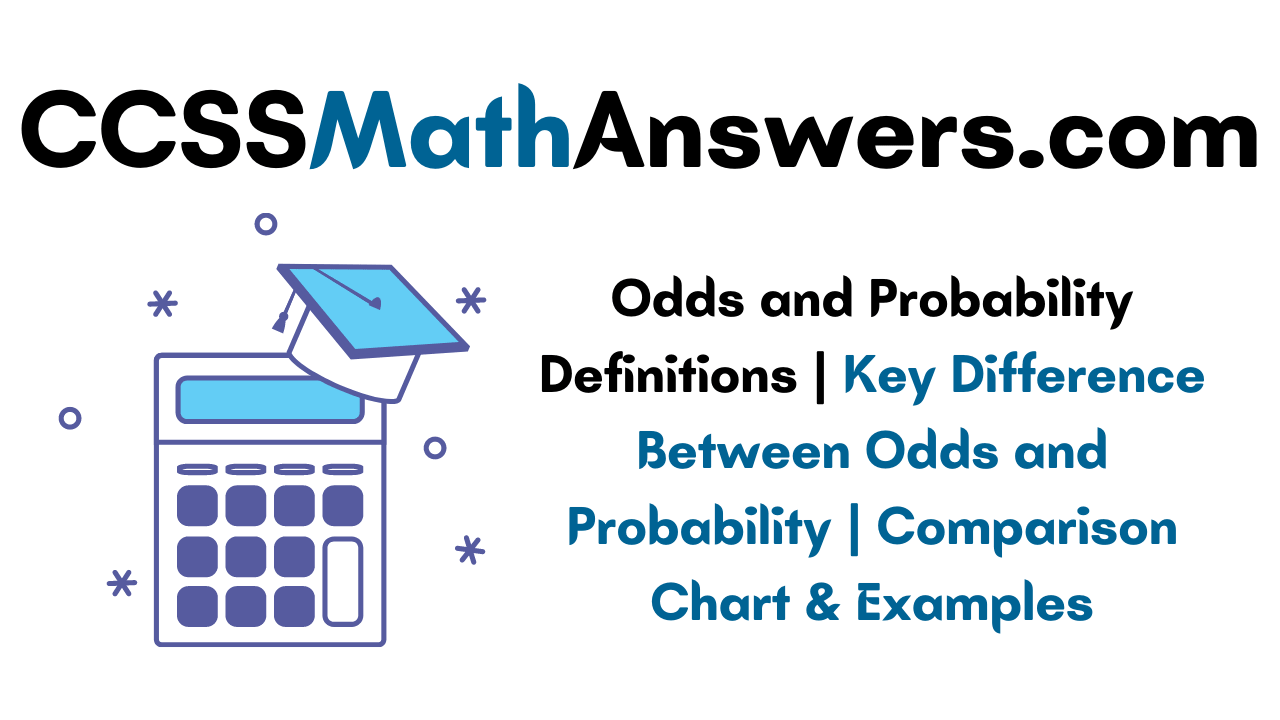



Odds And Probability Definitions Key Difference Between Odds And Probability Comparison Chart Examples Ccss Math Answers
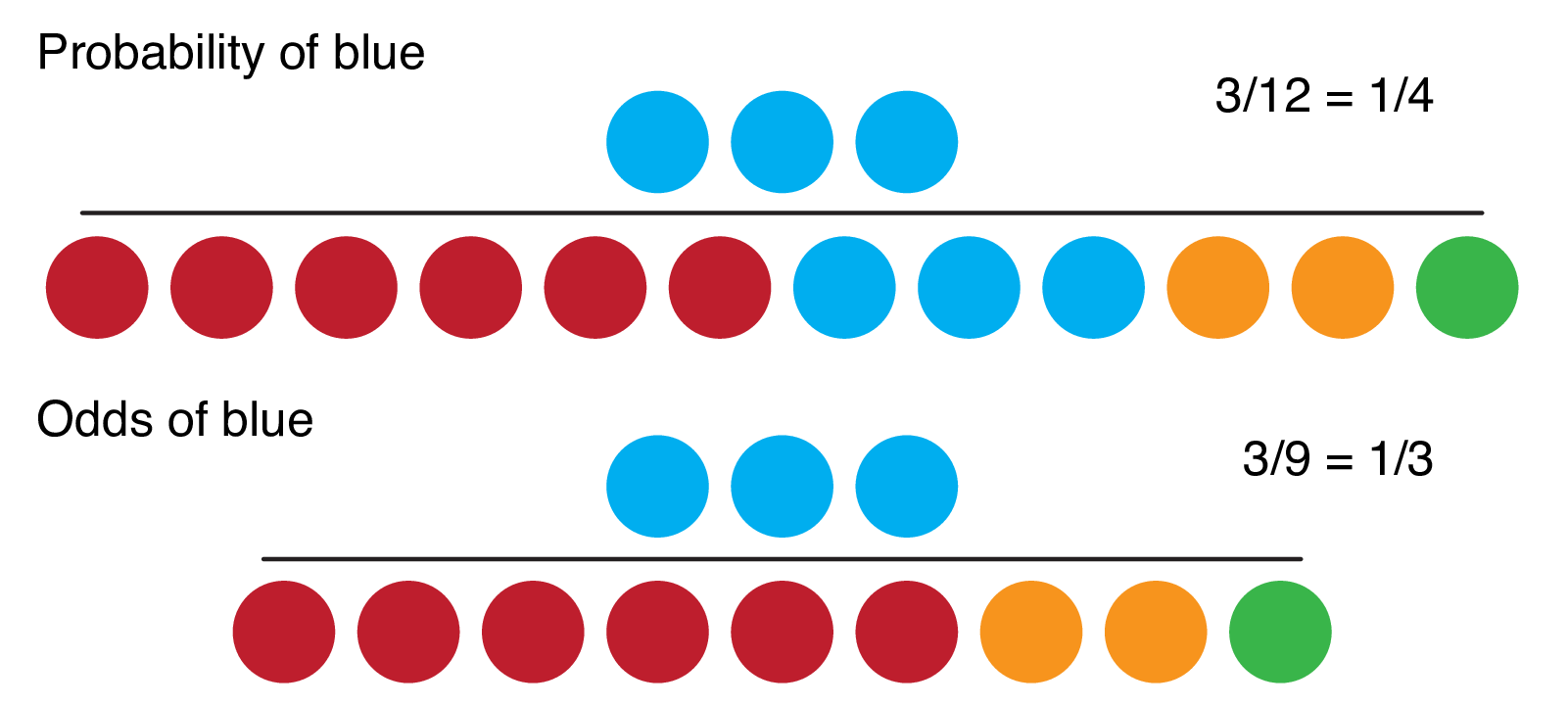



9 2 Binary Logistic Regression R For Health Data Science




Probability Vs Odds What S The Difference Learn It And By Z Ai Towards Data Science




What Are The Odds Stats With Cats Blog




Webinar Recording Signup




What Is A Probability And What Are Odds Core Im Podcast




Calculating Probability And Odds How To Find The Odds Of Casino Games




3 Ways To Calculate Lotto Odds Wikihow




How To Calculate Odds 11 Steps With Pictures Wikihow




Using Bayes Nomogram To Help Interpret Odds Ratios Bmj Evidence Based Medicine




7 Facts About Probability And Odds That You Don T Know
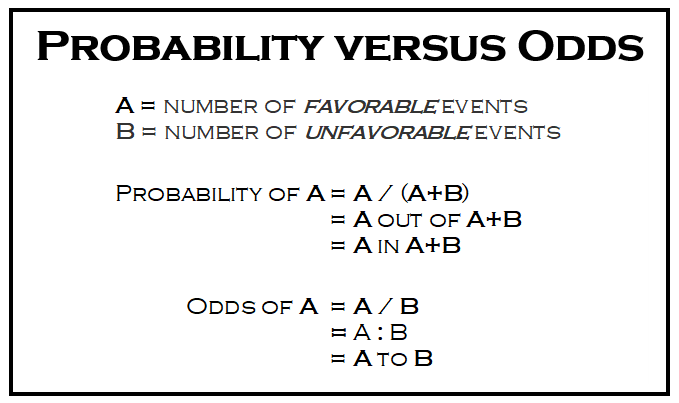



What Are The Odds Stats With Cats Blog




What S The Difference Between Probability And Odds




Math 30 2 Probability Odds Acceptable Standards 50 79 The Student Can Express Odds For Or Odds Against As A Probability Determine The Probability Ppt Download




Calculating The Odds Of An Event Mathematics For The Liberal Arts
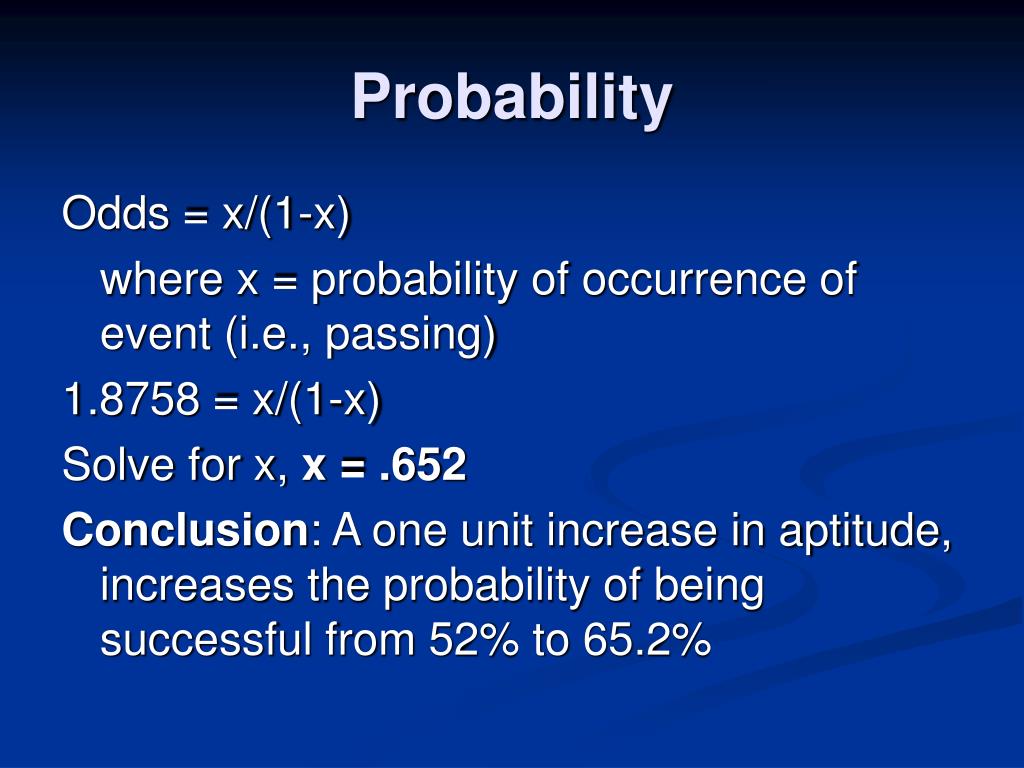



Ppt Odds Vs Probabilities Powerpoint Presentation Free Download Id
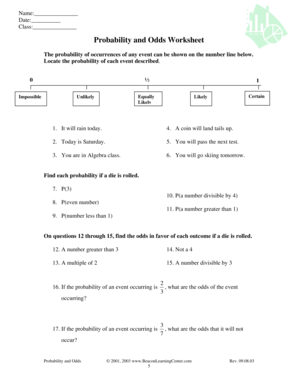



Probability And Odds Worksheet Fill Online Printable Fillable Blank Pdffiller




Probability Vs Odds Youtube




Odds Introduction Arbital




Graphpad Prism 9 Curve Fitting Guide Interpreting The Coefficients Of Logistic Regression




Definition And Calculation Of Odds Ratio Relative Risk Stomp On Step1




Converting Between Probability And Odds Mathwoes Youtube
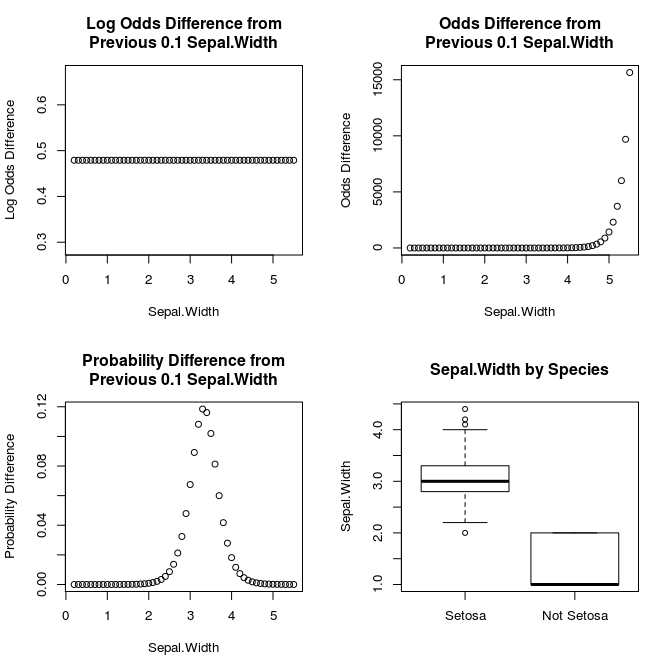



Why Saying A One Unit Increase Doesn T Work In Logistic Regression Learn By Marketing




Binary Logistic Regression With Odds Ratios Calculated For The Download Table




Statistics 12 Probability Vs Odds Stats Seandolinar Com




Lecture 5 Basic Probability David R Merrell Intermediate Empirical Methods For Public Policy And Management Ppt Download




Probability Vs Odds In Favour Or Against An Event Examples Youtube




Is There A Difference Between Odds And Probability




Simple Probability Definition Probability The Chance Some Event




Estimated Z Score Odds Ratio And The Corresponding Probability For The Download Table



Odds Ratio For A Simple Distribution Jmp User Community
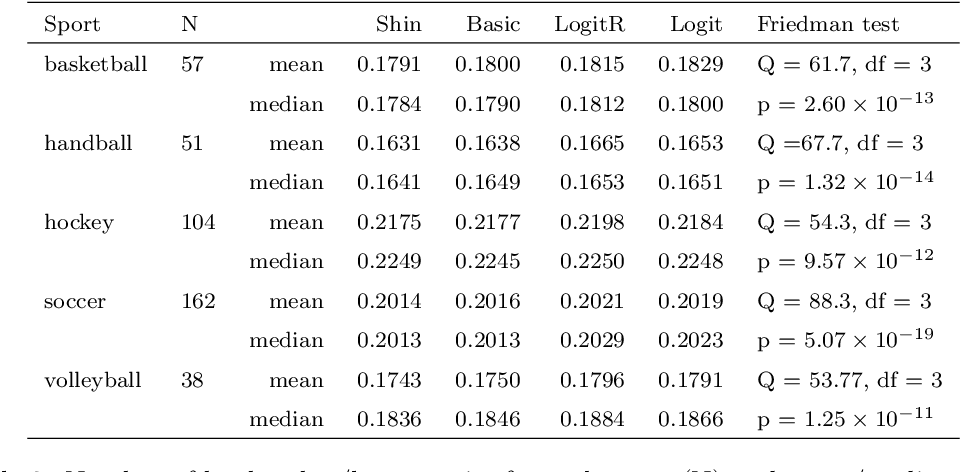



Pdf On Determining Probability Forecasts From Betting Odds Semantic Scholar
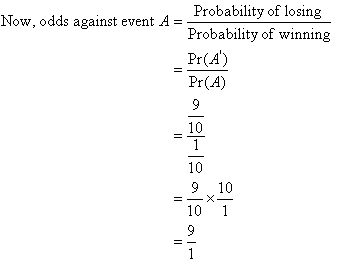



Odds
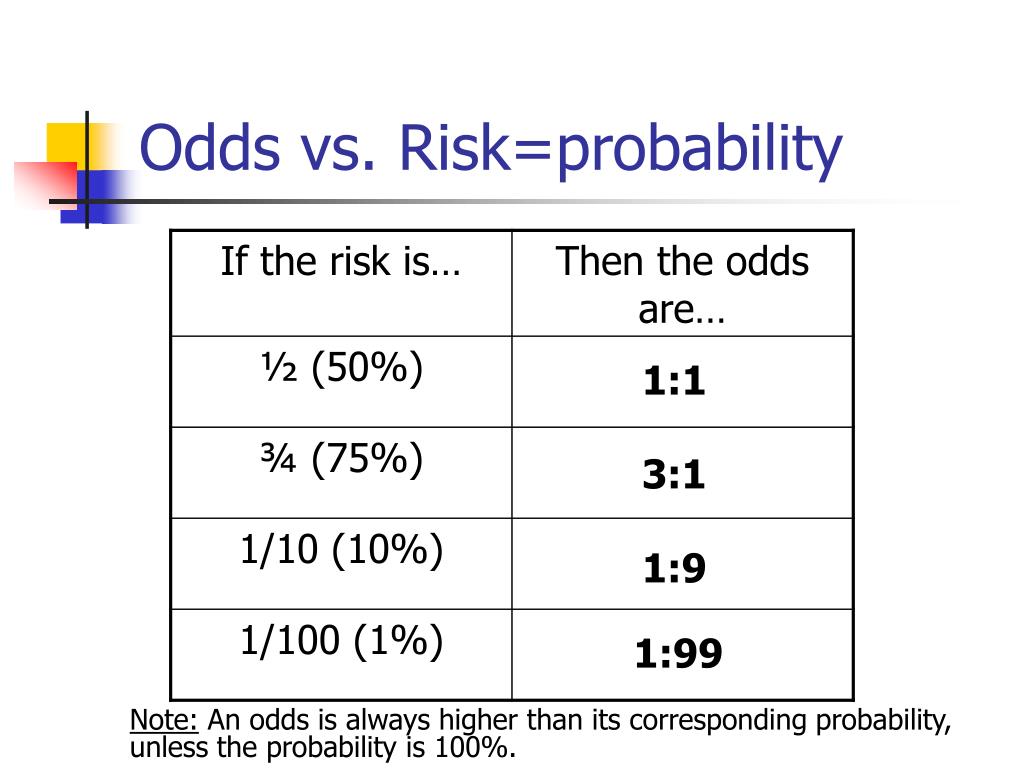



Ppt Conditional Probability Powerpoint Presentation Free Download Id




Probability Vs Odds What S The Difference Learn It And By Z Ai Towards Data Science




Probability Vs Odds What S The Deal With State Lottery Odds Table
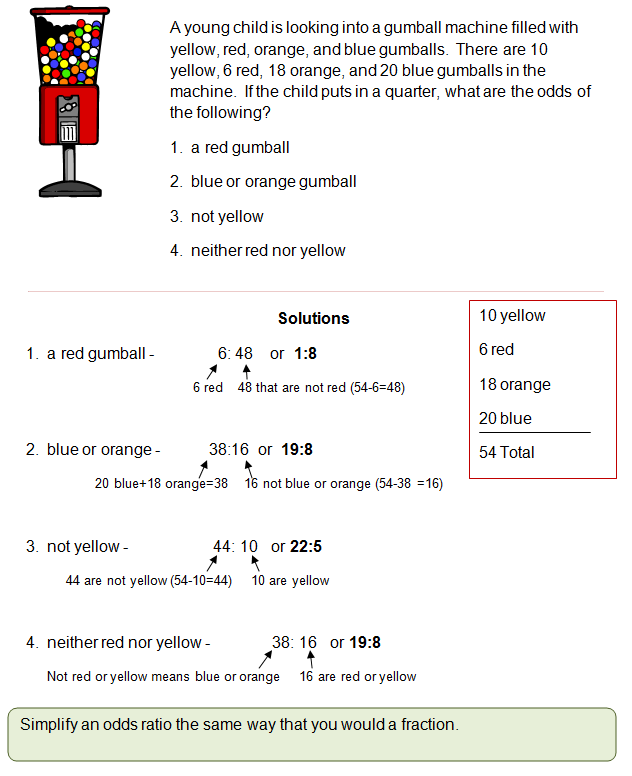



Odds And Probability
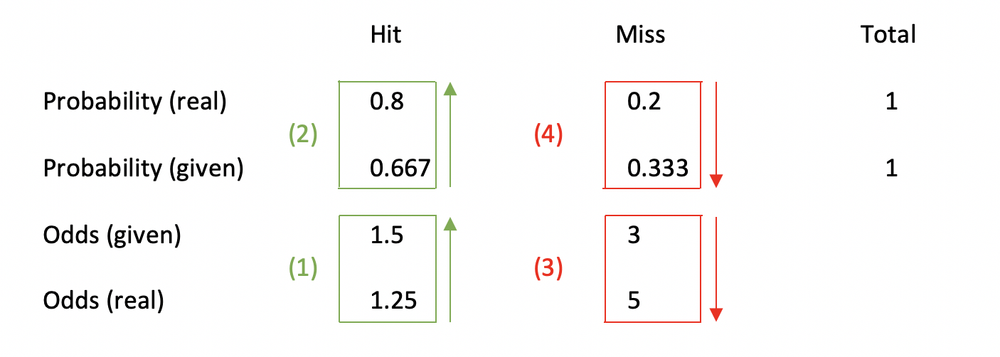



What Are Odds The Right Way To Look At Odds For Sports Betting




Learn Odds In Favour And Odds Against In 3 Minutes




An Intro To Odds Notation A Mathematical And Theoretical Look At By Lloyd Danzig Medium



Odds




What Are The Odds That You Know About The Odds Analytics Vidhya




True Odds Calculator Find Probabilities Fair Odds Margin
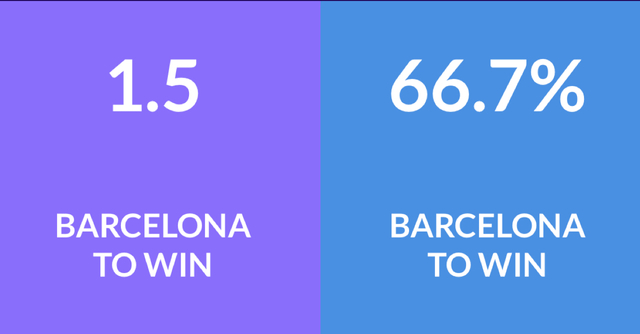



Sports Betting Odds Explained Decimal Odds Fractional Odds American Odds And Probability
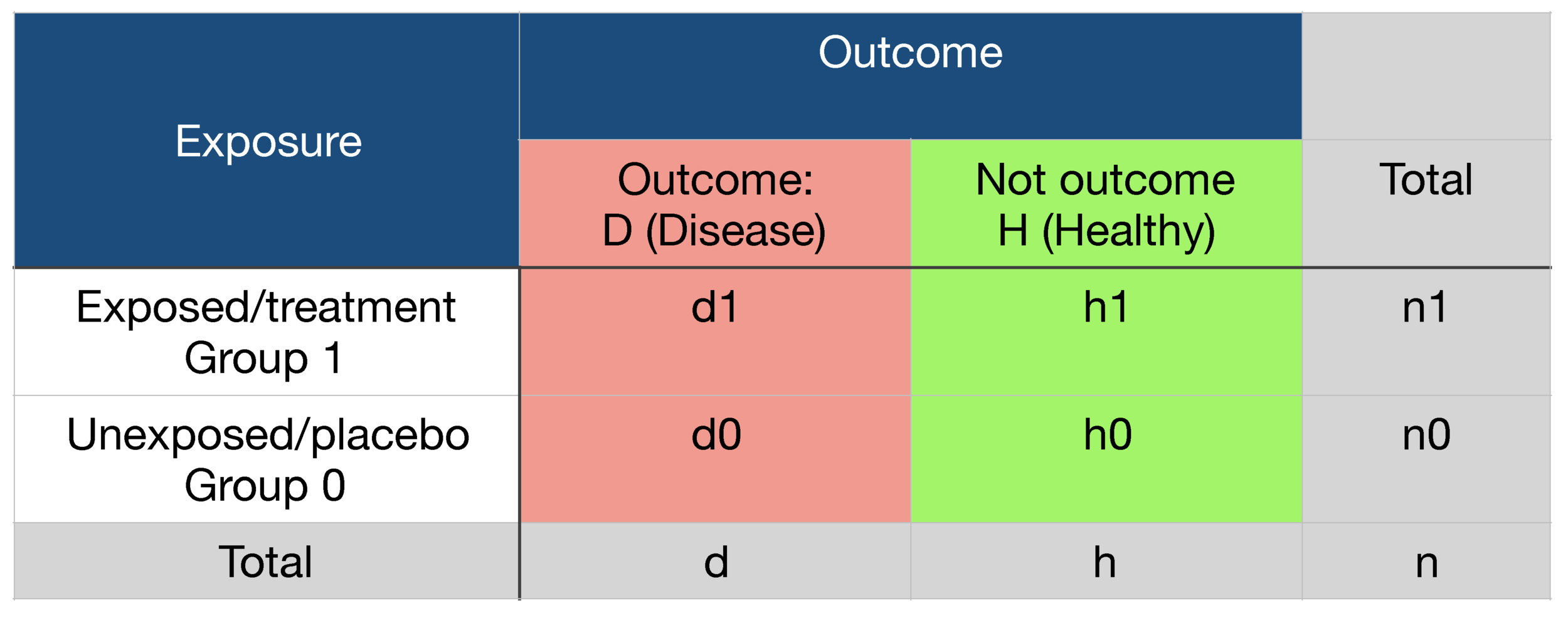



Probability Odds Ratio And Relative Risk Gpraj
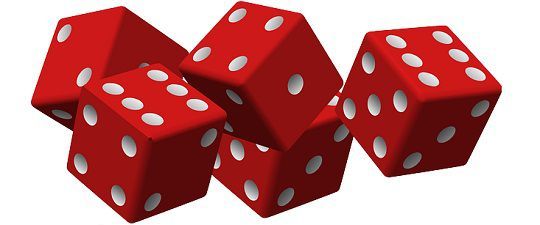



Difference Between Odds And Probability With Comparison Chart Key Differences
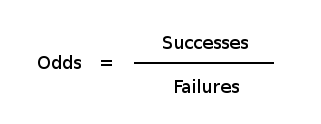



Odds Probability And The Lottery Lotterycodex
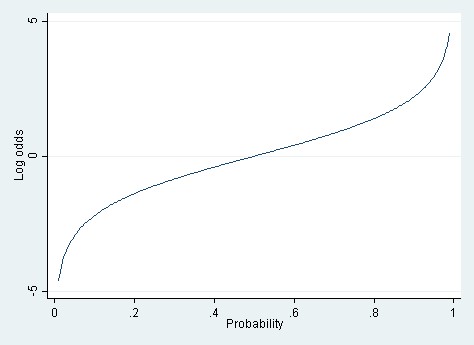



Linear Vs Logistic Probability Models Which Is Better And When Statistical Horizons




Logistic Regression 1 From Odds To Probability Dr Yury Zablotski



0 件のコメント:
コメントを投稿